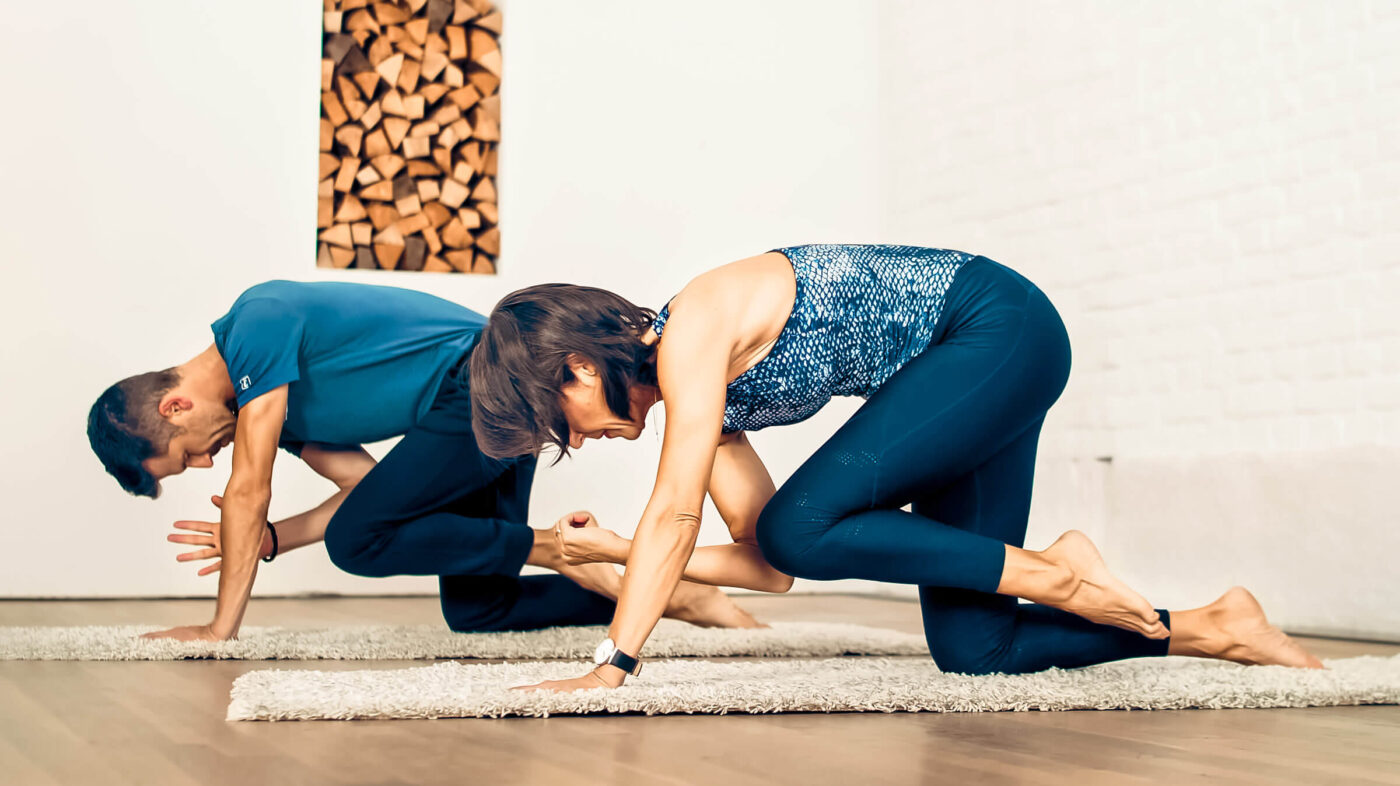
Pilates technique explained
Pilates for the back
by Maria Felsner
Prevent discomfort - reduce pain!
Achieve a high quality of life!
Back Pain & Pilates
81% of people in Germany have suffered from back pain in recent months. A good one in ten sufferers report more frequent complaints since Corona. (Source: Online survey from August 2020, Swiss Life Germany)
Why just Pilates an ideal way is to counteract back pain, I would like to briefly describe to you in this blog post. And maybe I'll even be able to motivate you to the point that you don't just want to do Pilates because of various ailments, but rather integrate Pilates into your everyday life in the future.
From many years of experience as a Pilates trainer, I know that almost all clients who train with us due to complaints feel pain-free, fit and supple again within the first few weeks. This happens not only through specific exercises, but also through the gentle dynamics and activity of Pilates training.
Pilates is a very efficient form of movement and automatically leads to a better body awareness as well as an optimal straightening of your spine. An optimal straightening of the spine in turn has a positive effect on all your joints, which in turn makes you more efficient in everyday life and also in sports.
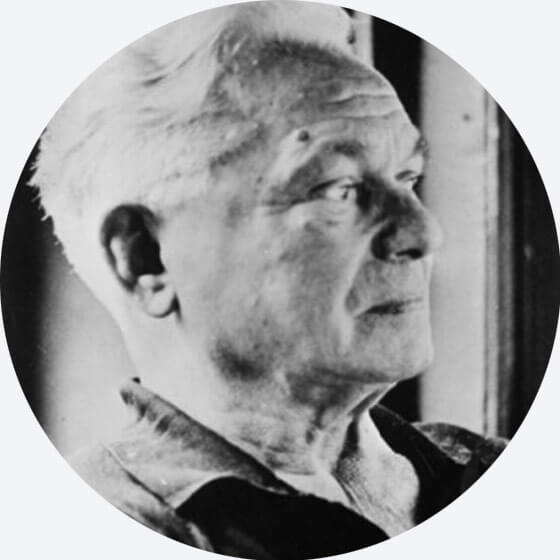
"If your spine is immobile and stiff at 30, you are old. If it's perfectly flexible at 60, you're young."
JOSEPH PILATES
Causes of back pain
For example, if you like to swim or play golf and have a hunchback, technically *Kyphosis Among other things, your shoulder joint has to compensate for your restricted movement. This puts more strain on the shoulder joint and over time it becomes overloaded.
Also, muscles in the back region of your neck as well as shoulder girdle atrophy and tighten because they are non functional come into play. Your poor posture thus leads to a chain of further complaints in the neck, shoulder girdle or thoracic spine.
In this specific case, an active swimmer, for example, might develop shoulder problems and is treated for this complaint. However, the cause of his shoulder problems is most likely due to his kyphosis.
The same example can be continued with a malposition in the lumbar spine. If one is immobile and restricted in this area, a concatenation of pain symptoms in the hip, knee or pelvic area can occur.
If we go one step deeper into what else could be the reason for non-specific back problems, we come to the topic of fascia. I will go into this topic in another blog post. Just this much in advance: Pilates also optimally trains your fasciae.
How Pilates helps
Thanks to Pilates we get a strong torso, combined with good alignment. This reduces the stress on shoulders, back, hips, knees, etc. If we manage to improve our inner balance, breathing and flexibility through Pilates, our movements will become more efficient, wear and tear and risk of injury to the joints will be reduced. Once we have achieved this status, the chances of a higher quality of life are infinite!
*Kyphosis
Kyphosis occurs when one has become accustomed to incorrect posture over many years due to weak back muscles. Psychological factors such as insecurity, oppression, etc. can also have a negative effect on posture.
If the hunchback has manifested itself due to these factors, we speak of functional pathological kyphosis. We can reduce this in any case, and in many cases even eliminate it, through targeted, functional training such as Pilates.
However, if there is a hereditary predisposition, i.e., the spine cannot develop into the given physiology, a congenital curvature of the spine occurs. Here we speak of a real pathological kyphosis. The causes can be different here as well. An example of this congenital curvature would be Scheuermann-Mau disease.
The fact is, however, that it is almost impossible to counteract the curvature by training. One can specifically slow down a progression here and Relieve painHowever, caution is also required here during training, as complications can arise in the event of overstraining or incorrect loading.

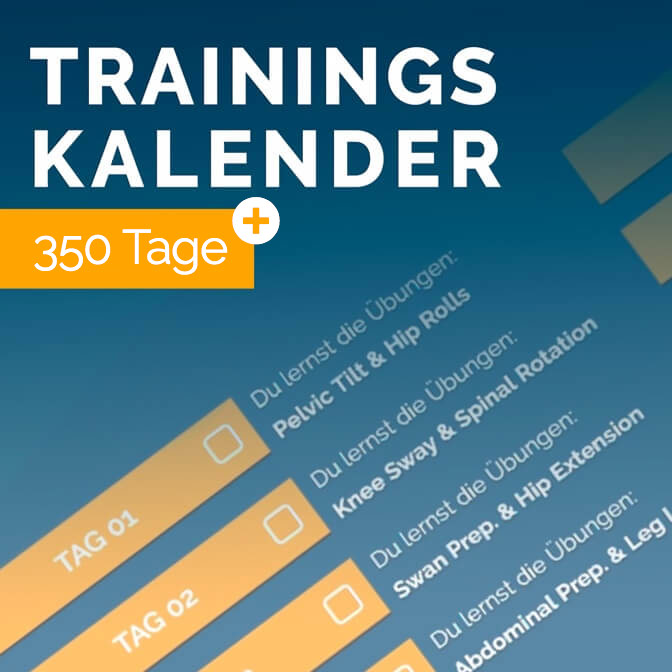
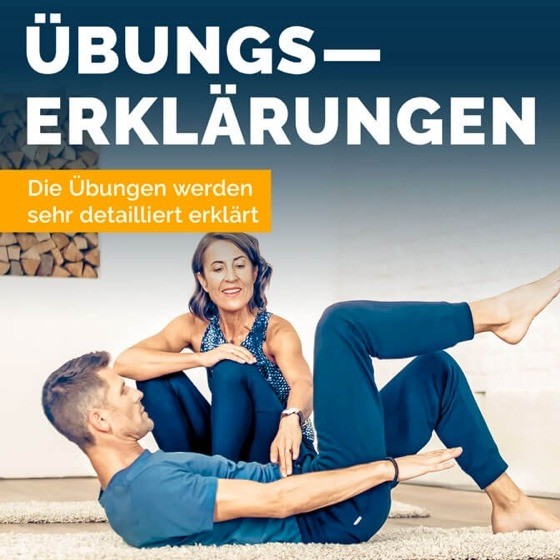
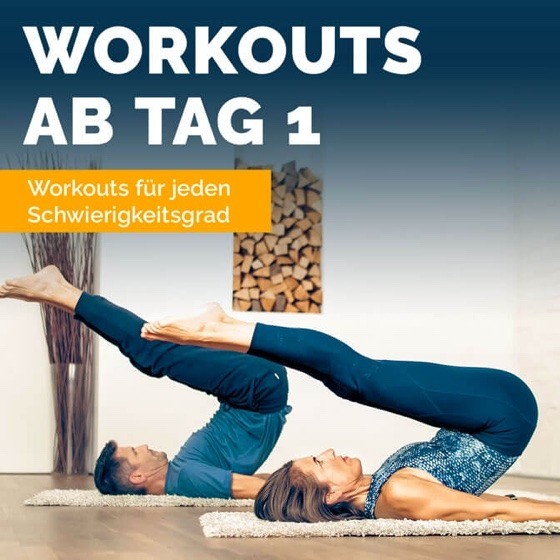
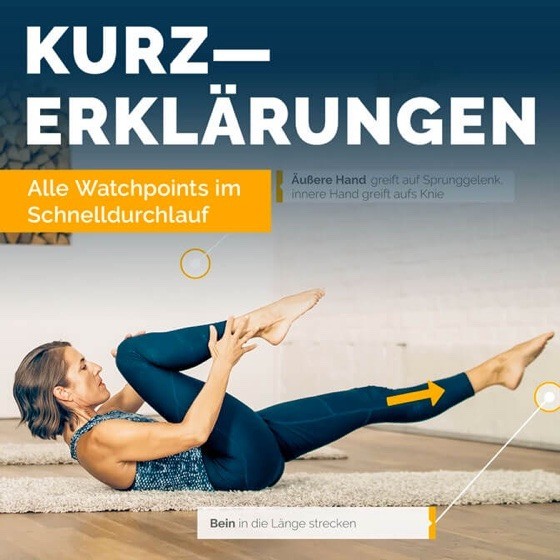
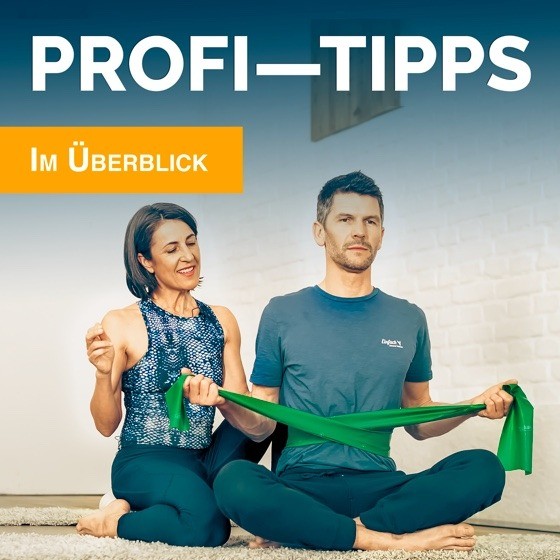
Hello, thank you very much for the very nice article! Can the exercises also be used to eliminate back problems after standing up? Best regards
I'm pleased that you liked my article. Back problems after standing up can often be improved with targeted exercises and measures. However, it is important to know that the causes of back problems can be varied. For example, they can be caused by an incorrect sleeping position, lack of exercise or a poor mattress. My tips:
1. gentle stretching exercises in bed first thing in the morning can help to relax the muscles and improve mobility. Some examples: Pull your knees towards your chest, turn your upper body and loosen your shoulder girdle.
2 Functionally trained core muscles can help to support the spine and the surrounding fascia, ligaments and muscle structures and reduce back problems. Our back program is ideal for this.
3. ergonomic sleeping position: also make sure your sleeping position is back-friendly. The right mattress and a suitable pillow can also be helpful.
4. exercise: In addition to the Pilates exercises, it is important to move regularly in order to positively influence blood circulation and muscle and fascia tone. This can also be just short units. Even conscious breathing with an upright posture can work wonders.
5 Ergonomic workstation design: If you sit a lot, you should make sure that your workstation is ergonomically designed to minimize the strain on your back.
If you have persistent or chronic back problems, it is advisable to consult a doctor or physiotherapist.
I hope these tips help you and wish you a speedy recovery! Best wishes from Maria and the whole Pilatesclub.de team